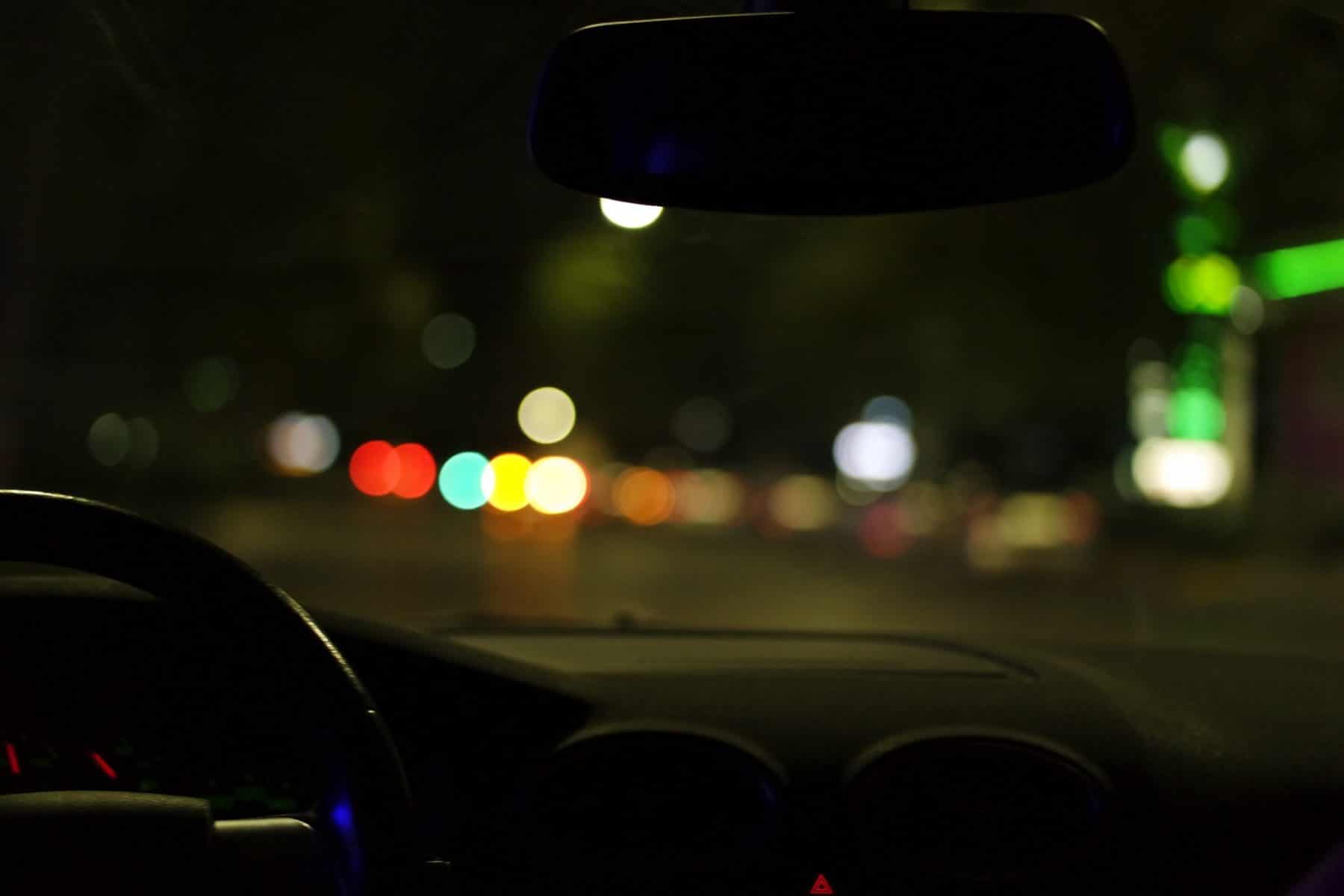With Daylight Savings Time over as of the beginning of November and the season slowly changing into winter, our days will get shorter and shorter over the next several weeks. This change comes with earlier sunsets, and that means you’ll find yourself driving in the dark more often, even as soon as you start your drive home from work!
It’s important to remember that when driving in the dark, it can be more difficult to see and react to changes on the road as they occur. Make sure you’re prepared with these helpful facts and tips on driving at night.
Low Light Impairs Vision
When driving at night, the low amount of light makes it more difficult for drivers to distinguish depth and distance, as our eyes have a harder time gauging how far away objects are. It can also be much harder to quickly identify pedestrians or potholes in the roadway.
Age Contributes to Sight Issues
Did you know that sight degradation is one of the most common problems people report as they enter their mid-40s and above? As you grow older, take note of whether or not you feel driving in the dark is more difficult, and report those changes to your optometrist or ophthalmologist. Though these changes may require the use of glasses when driving, it’s better to be safe on the road!
Nutrition Contributes to Vision
If you’re having trouble seeing at night, supplement your diet with more foods rich in vitamin A and zinc. Carrots and leafy vegetables are great sources of vitamin A, and beef, poultry, and nuts are great for zinc.
Glares Become Problematic
As your sight changes, glares (like those from headlights) become more pronounced and can often be temporarily blinding. This can be caused by a number of issues, including presbyopia, which is a difficulty in seeing things nearby caused by aging, and astigmatism, a blur in your vision due to the irregularity in your eye shape. Again, if you’ve noticed that glares are taking a toll on how you drive at night, let your eye doctor know so that you can take proactive measures to resolve the issue.
Use These Tips to Help You when Driving in the Dark
If driving in the dark is causing issues for you, try these quick tips to help keep you safe.
- Don’t look directly into headlights or streetlights, as the glare from these tend to stay in your vision after you’ve looked away.
- Reduce your speed, and keep a larger distance from the car in front of you than you normally would.
- Ensure that your headlights are clean and clear before you start driving, as that light is necessary to see everything in front of you.
- If you need to, dim your instrument panel in order to reduce distractions and peripheral lights.
- Make sure your windshield is clean so that oncoming lights don’t become enhanced by smears and marks.
As the seasons change, make sure you’re being proactive about any vision issues. Night driving is more difficult than driving during the day, so ensure your safety and that of others by taking care of yourself when seeing becomes an issue!





Leave A Comment